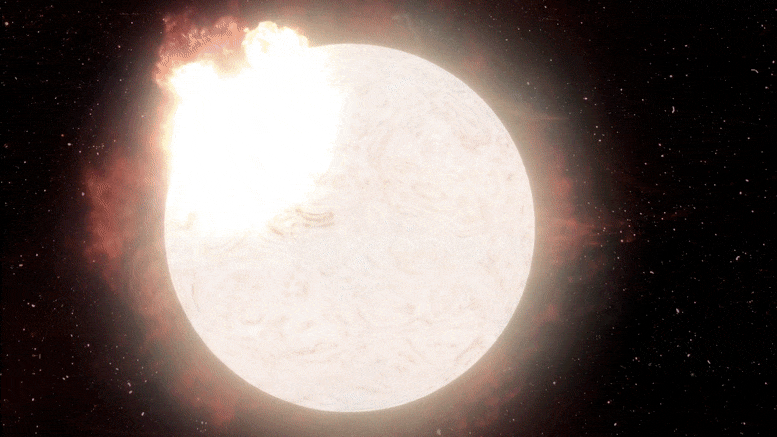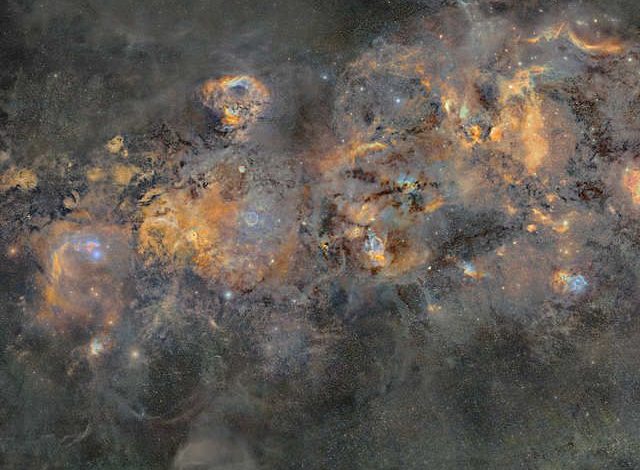
Finnish astrophotographer J-P Metsavainio spent 1,250 hours over the course of about 12 years creating a single image that reveals the magnificent beauty of the entire Milky Way galaxy.
Back in 2009, Metsavainio began this project, which is a 1.7-gigapixel mosaic of the Milky Way. It took him twelve years to get the whole picture which is around 100,000 pixels wide and has 234 individual mosaic panels stitched together.. The resulting image (which you can see below) captures the entire galaxy, speckled with about 20 million of the Milky Way’s roughly 200 billion stars.
All images below are clickable for full resolution viewing.

So, how could a single image take 12 years?
In his blog, Metsavainio points to “the size of the mosaic and the fact that the image is very deep. Another reason is that I have shot most of the mosaic frames as individual compositions and published them as independent artworks.” In the blog, Metsavainio also includes information about the different cameras and some of the more specific techniques he used to create this image.

Some of the celestial objects in the Milky Way required more exposure than others, as some appeared dimmer and were harder to see. For example, a single supernova remnant took over 60 exposure hours, he explains in his blog.
The California Nebula
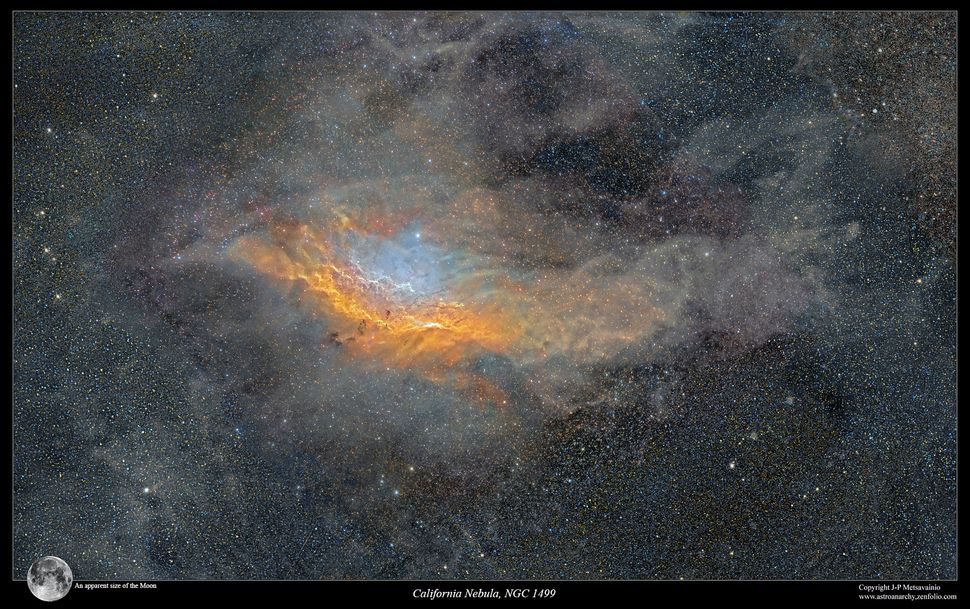
This is the part of the sky that Metsavainio captured in his mosaic
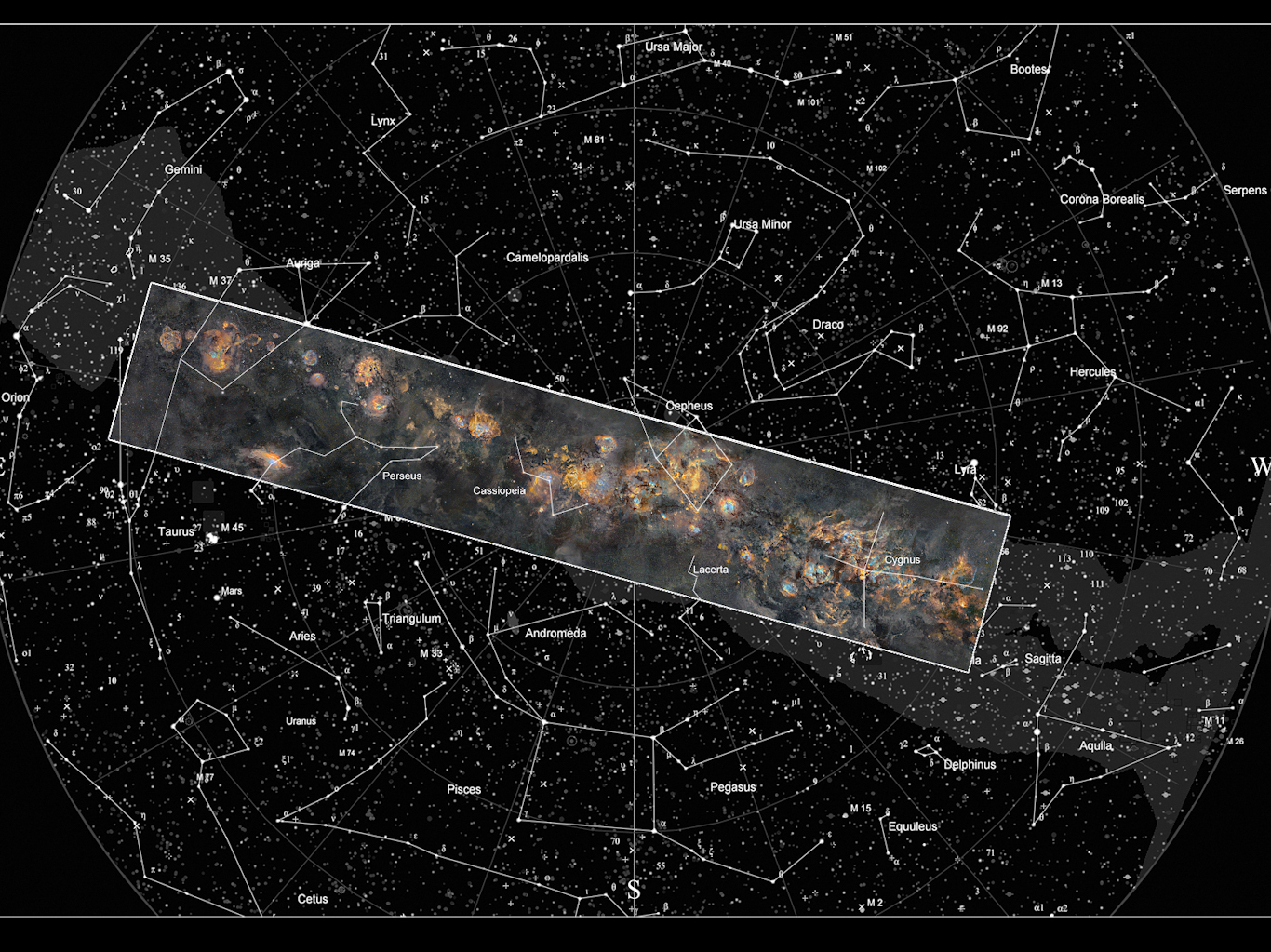
While the entire image on its own is stunning, because of the detail Metsavainio was able to capture in this mosaic, there are many “hidden gems” you can spot.
From the Bubble to the Cave
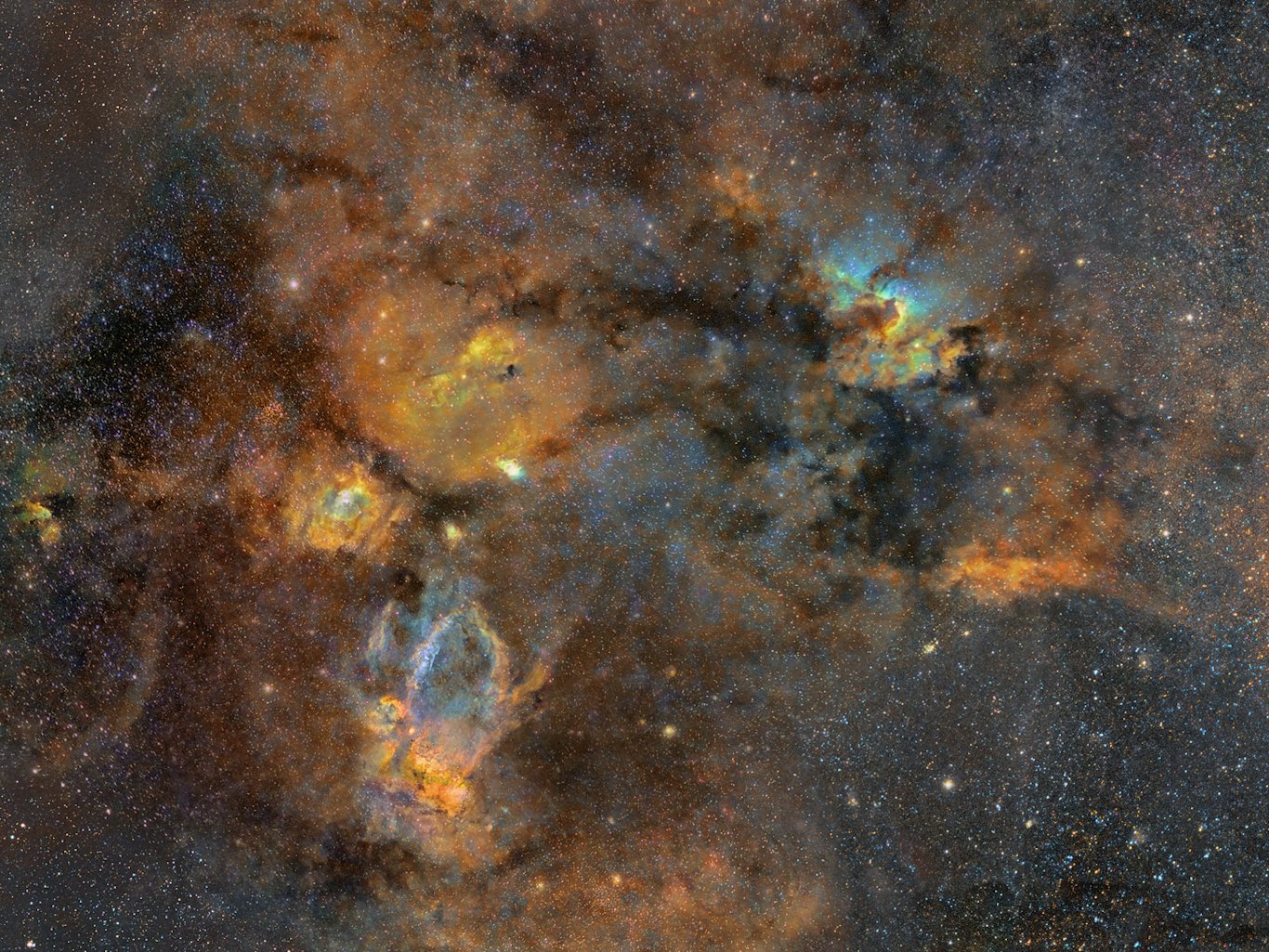
Cygnus Constellation
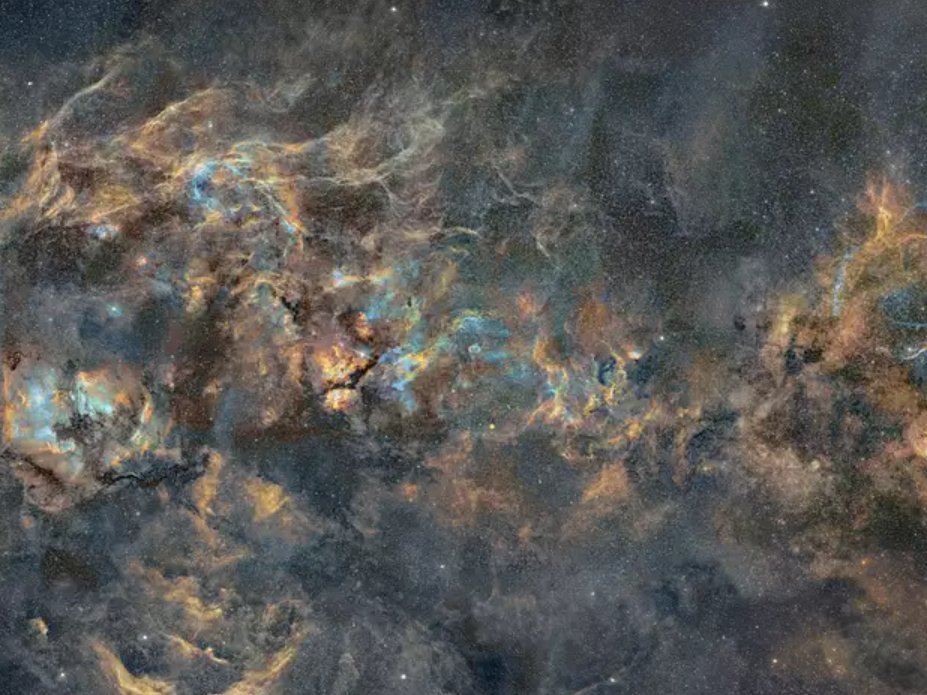
“Constellation Cygnus is an endless source of celestial wonders, both scientifically and aesthetically,” said Metsavanio. “For me, as a visual artist, this area of night sky is very inspiring. There are endless amounts of amazing shapes and structures, I can spend the rest of my life just shooting images from this treasury.”
The Tulip Nebula
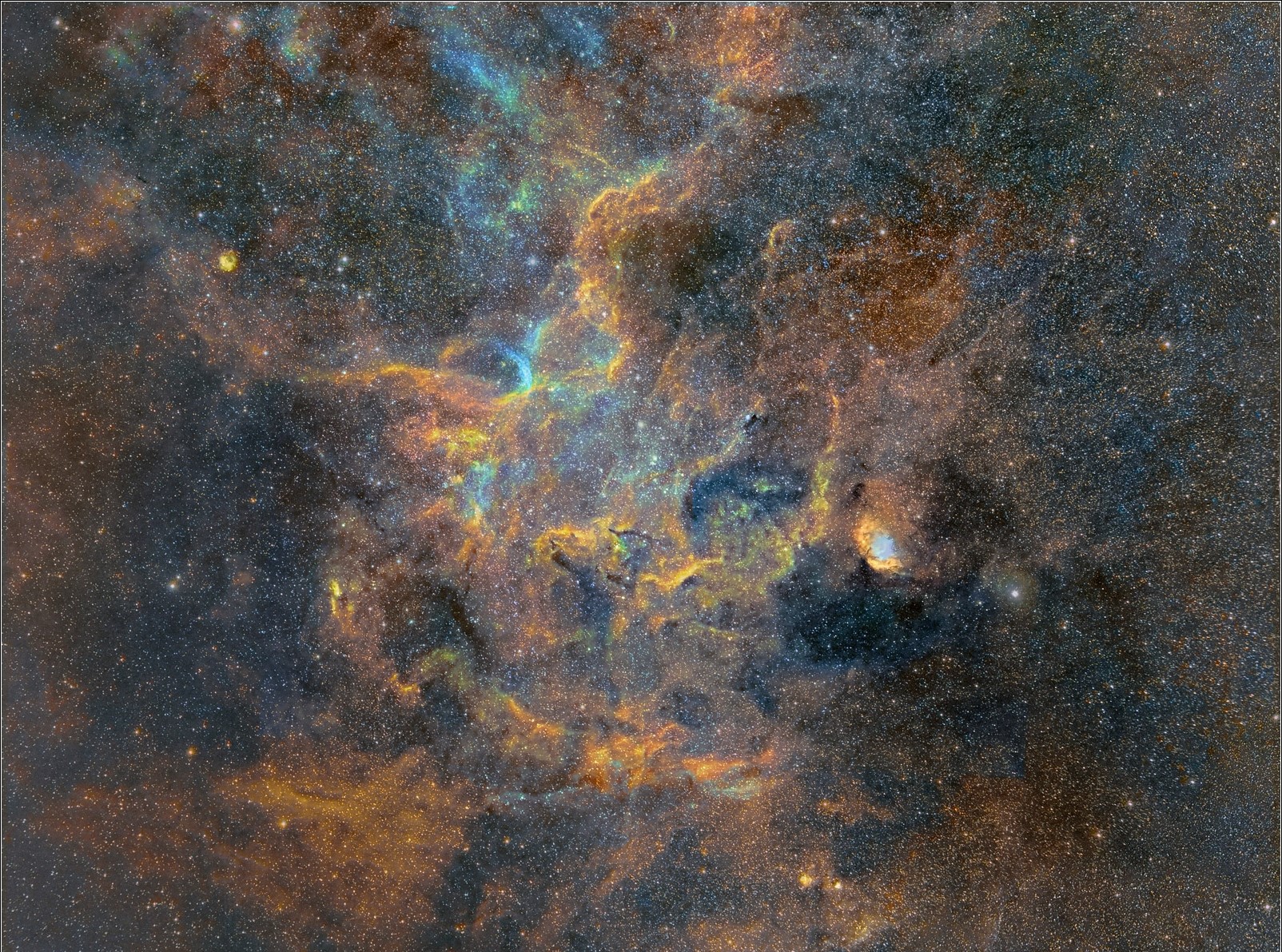
In the bigger mosaic, the Tulip Nebula can be spotted at the centre right.
“My current toolset is very suitable for this kind of objects, since it is kind of heavily undersampled and that’s good when I need to capture very dim and large objects,” Metsavanio said in October 2020.
The Elephant’s Trunk
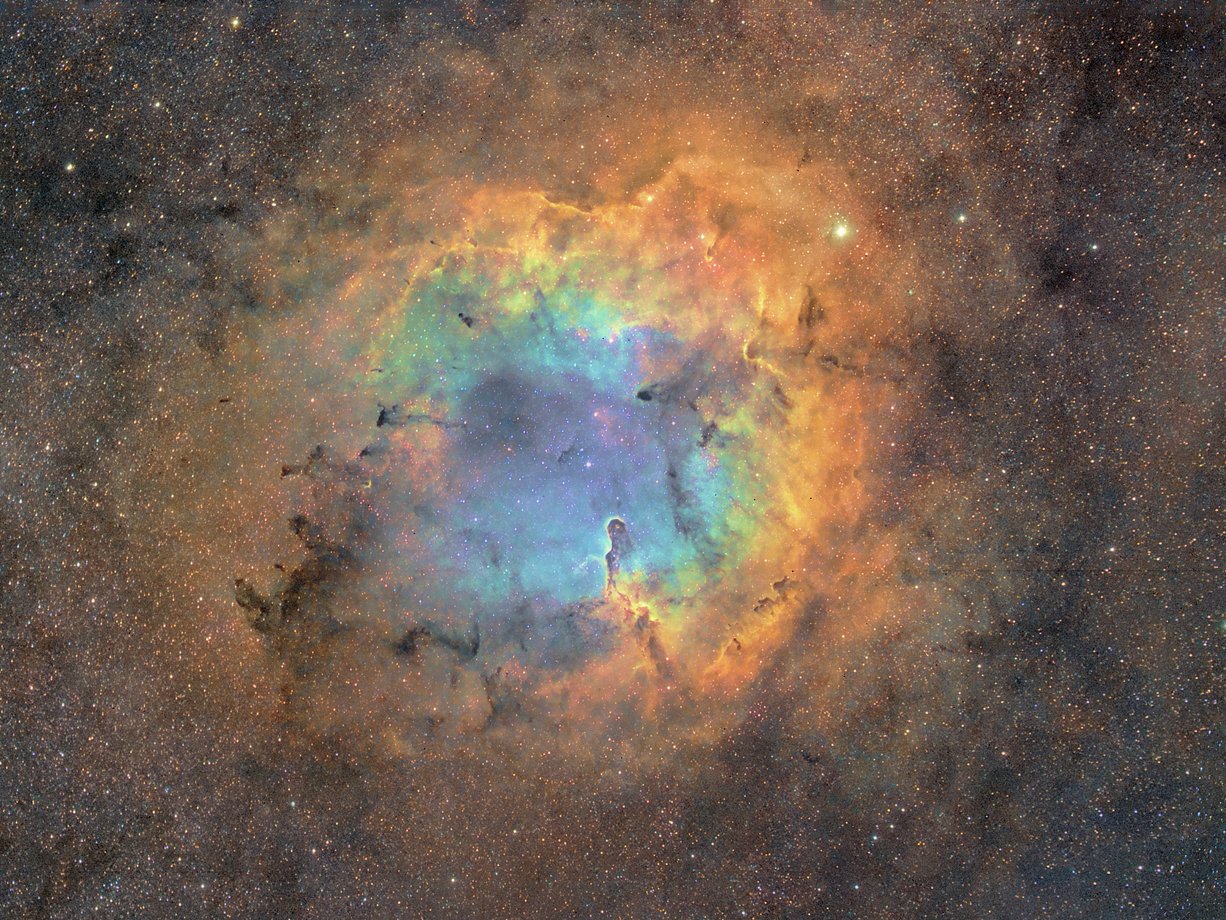
These pieces of the full picture showcase the beauty of celestial objects like the California Nebula, the Pelican Nebula, the Wizard Nebula and more.

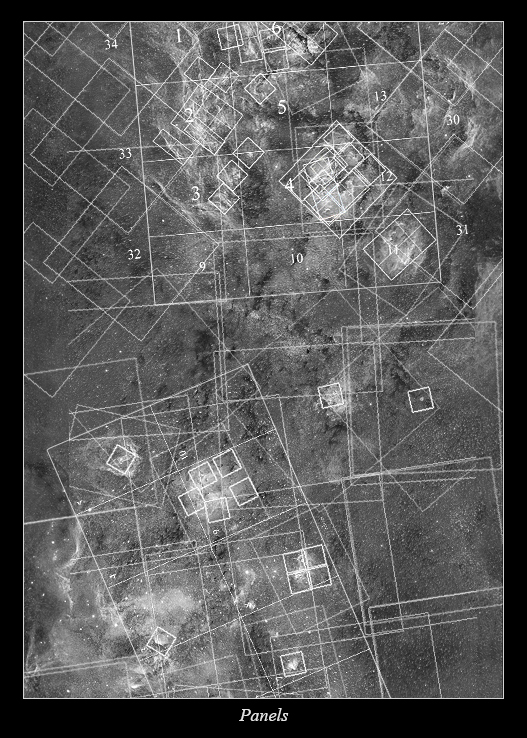
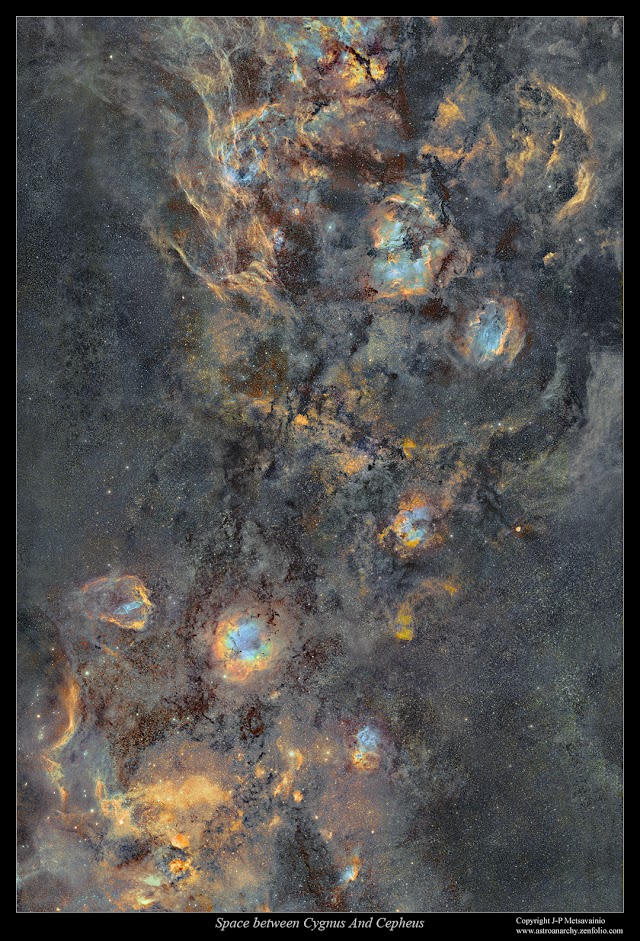
Metsavanio conducts his photography from his own observatory in Finland
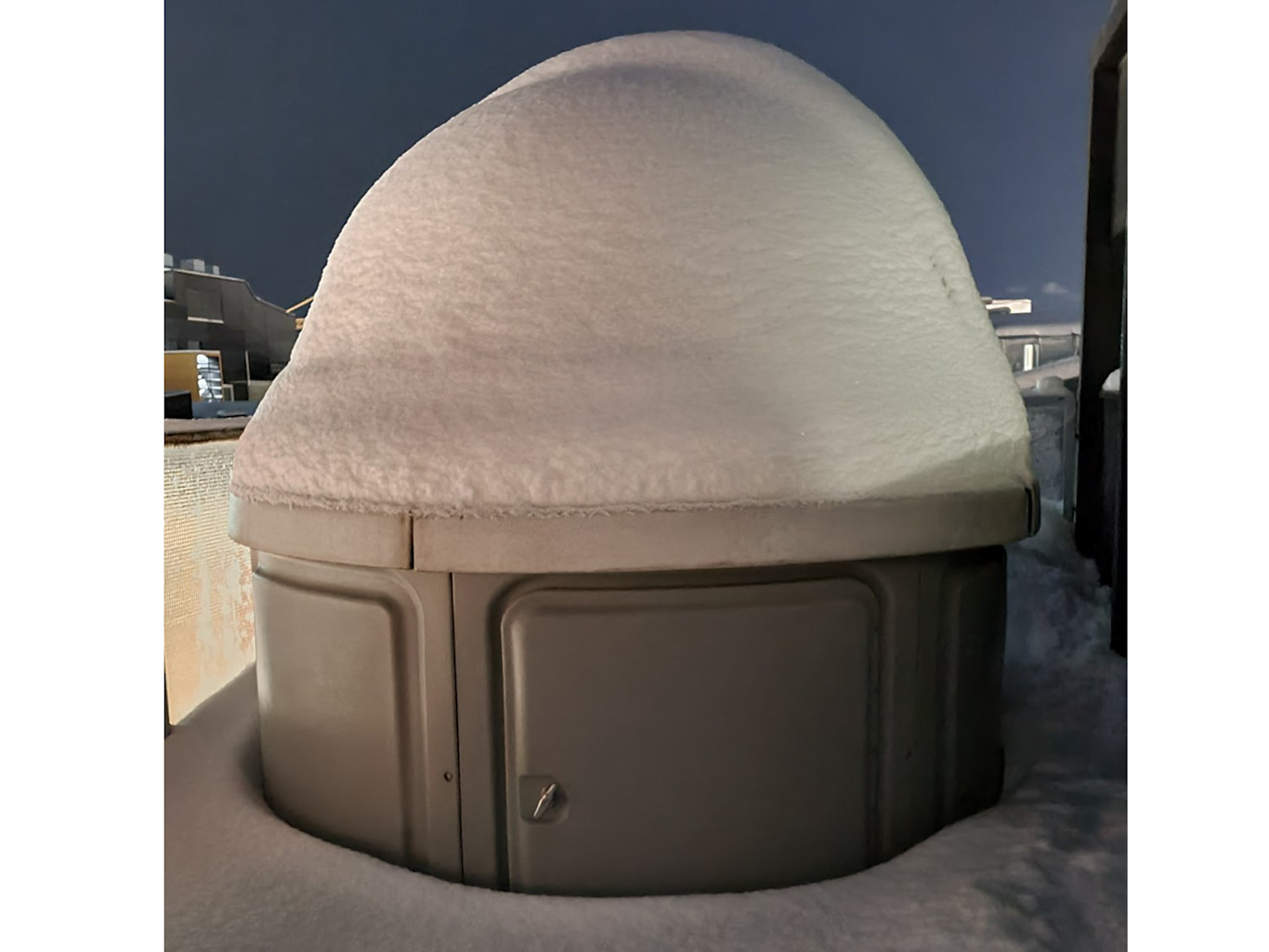
All of J-P Metsavainio’s space photography pics are at his site. You can view them all HERE

